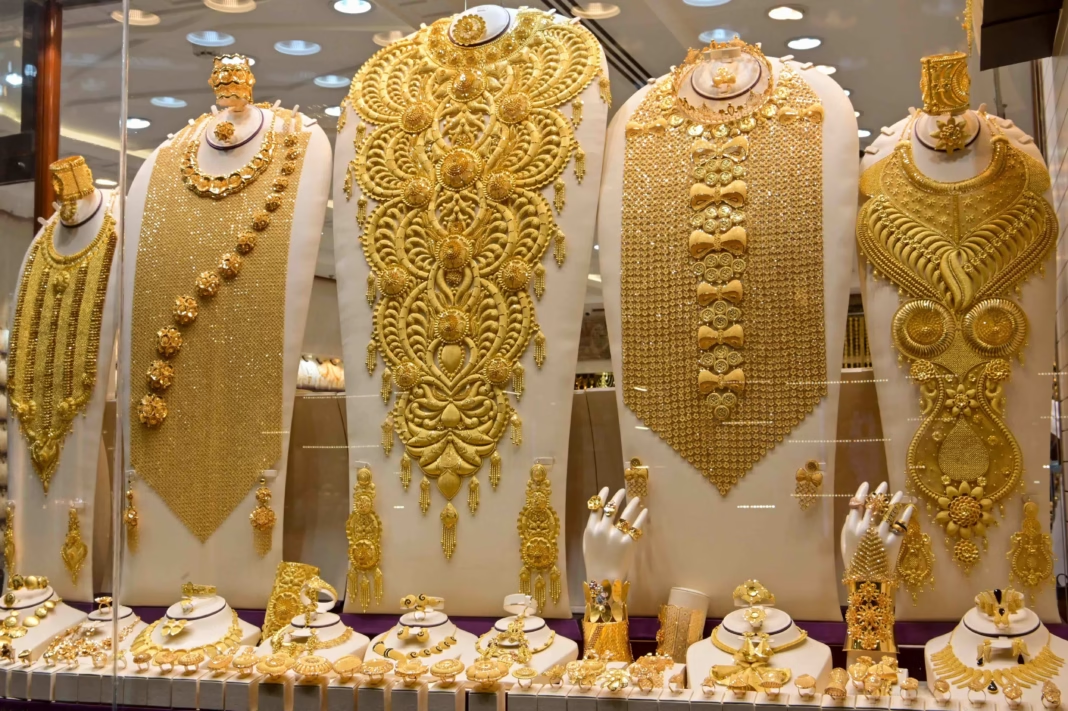Iraq gold prices showed mixed movement today, remaining steady in Baghdad while dropping slightly in Erbil markets. This trend reflects current fluctuations in regional demand and supply conditions.
In Baghdad, gold prices held firm across major categories. On Al-Nahr Street, 21-carat gold from Gulf, Turkish, and European sources was sold at 660,000 IQD per mithqal. Buyers could purchase the same type for 656,000 IQD. This price stability signals balanced market behavior in the capital.
The price of local Iraqi 21-carat gold in Baghdad was slightly lower. Sellers offered it at 630,000 IQD per mithqal, while buyers could secure it for 626,000 IQD. These rates also held steady compared to previous days.
Meanwhile, Baghdad jewelry stores displayed a consistent pricing range. They sold 21-carat Gulf gold between 660,000 and 670,000 IQD per mithqal. Iraqi gold in these shops ranged from 630,000 to 640,000 IQD, offering options for varied preferences and budgets.
In contrast, Iraq gold prices shifted downward in Erbil. There, the 22-carat gold rate settled at 700,000 IQD per mithqal. The 21-carat version dropped slightly to 670,000 IQD. Meanwhile, 18-carat gold declined to 575,000 IQD, showing softer demand or pricing adjustments in the northern region.
These recent changes highlight the market’s responsiveness to regional buying trends. Erbil often shows price variation due to its active commercial links and fluctuating consumer interest.
Traders and buyers across Iraq continue to monitor Iraq gold prices closely. Many use these regular updates to guide investment and purchase decisions. The daily balance of demand and pricing plays a central role in shaping these movements.
Whether prices stay steady or continue shifting in the coming days depends on several important factors. One key influence is global gold rates, which respond to international market trends, currency strength, and geopolitical developments. Additionally, local market behavior—such as supply availability, demand from retailers.
Buyer confidence—plays a major role in setting daily prices. Seasonal buying patterns also impact fluctuations, as gold demand typically increases during wedding seasons, religious holidays, and special occasions. Together, these elements create a dynamic pricing environment that traders and consumers must closely monitor to make smart financial decisions.


